3D Printed Stabilized Sand: Air Hive Cooled by Evaporation
Image courtesy http://www.flickr.com/photos/kristenelyse/
When I found out that a multidisciplinary design firm out of London, PostlerFerguson, developed a 3D printed-stabilized sand-hive structure that uses evaporation to passively cool the air I assumed that they too must have interacted with swarms of ill-tempered bees. I have no way to substantiate this assumption, but I will wax enthusiastic about the project because it involves an intriguing material: stabilized sand.
Image courtesy PFSK.com
Stabilized sand consists of concrete sand to which approximately 10% of cement is added to give the sand extra stability and hydraulic properties, and it can be mixed in a concrete plant under controlled conditions. While more traditional stabilized sand has been used primarily in the construction of roads and as flat, load-bearing foundations for concrete retaining walls, it’s also showing up lately in more exciting applications such as “Better Brick,” a project wherein bacteria in solution cement particles of sand together to make bricks. Stabilized sand is a good candidate for 3D printing – imagine if we could essentially print sandstone, layer by layer, in any form imaginable?
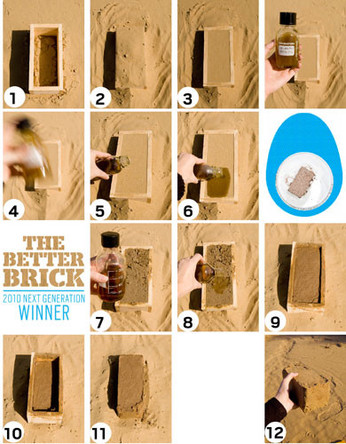
Image courtesy www.metropolis.com
The design of each Air Hive incorporates massive internal surface area, which allows the structure to cool the air by evaporating moisture in it as it passes through. “The designers refer to the work as ‘not just an installation, but a building language that can be reused again and again to create new public spaces.’ Roads, piazzas, buildings, halls, rooms, architectural ornament—adding non-electrical air-cooling technology to the built environment on a huge variety of scales and conjuring up images of 3D-printed sandstone ornamental cornices on buildings being used to cool urban streetscapes” (Manaugh). For some reason I keep imagining blocks of these springing up in the desert outside of Las Vegas.
Images courtesy PFSK.com
I’ve filed Air Hives under water because they are evaporative cooling systems and under earth because they are made of stabilized sand.
Cited:
Manaugh, Geoff. “Air Hive.” BLDGBLOG.com 12/09/10. Accessed 12/28/10. URL.
“A New Kind of Sandcastle” PFSK.com 12/10/10. Accessed 12/28/10. URL.







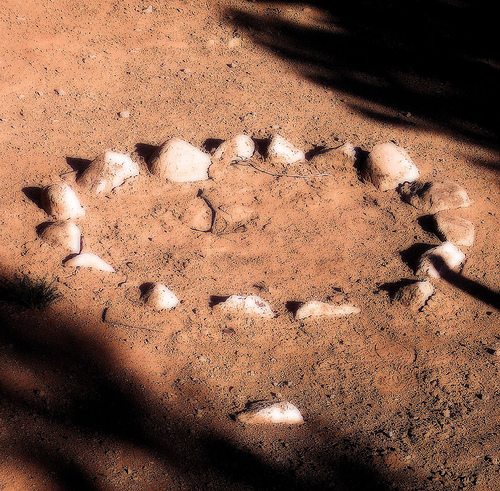

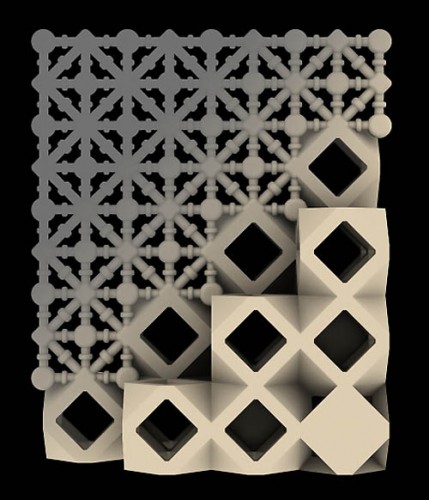
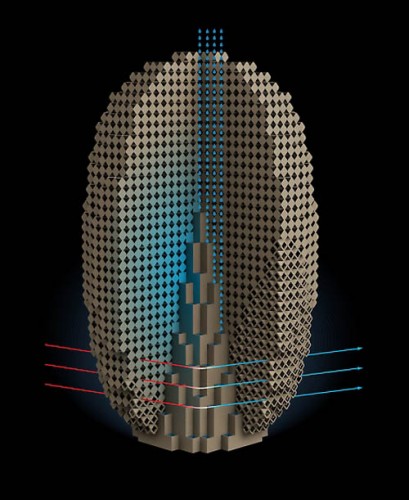
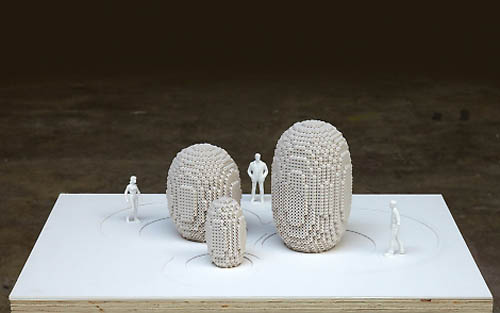









Leave a Wordpress Comment: